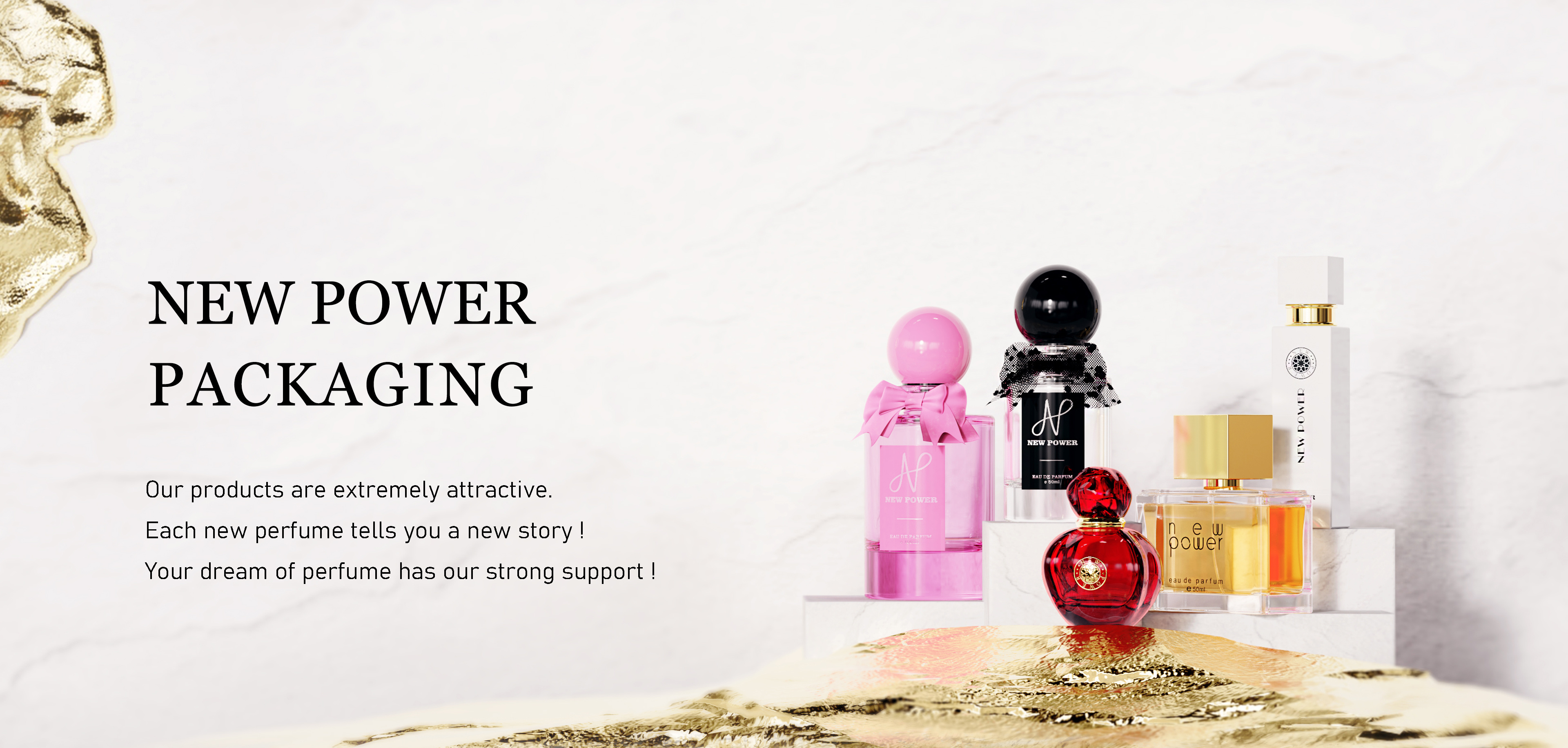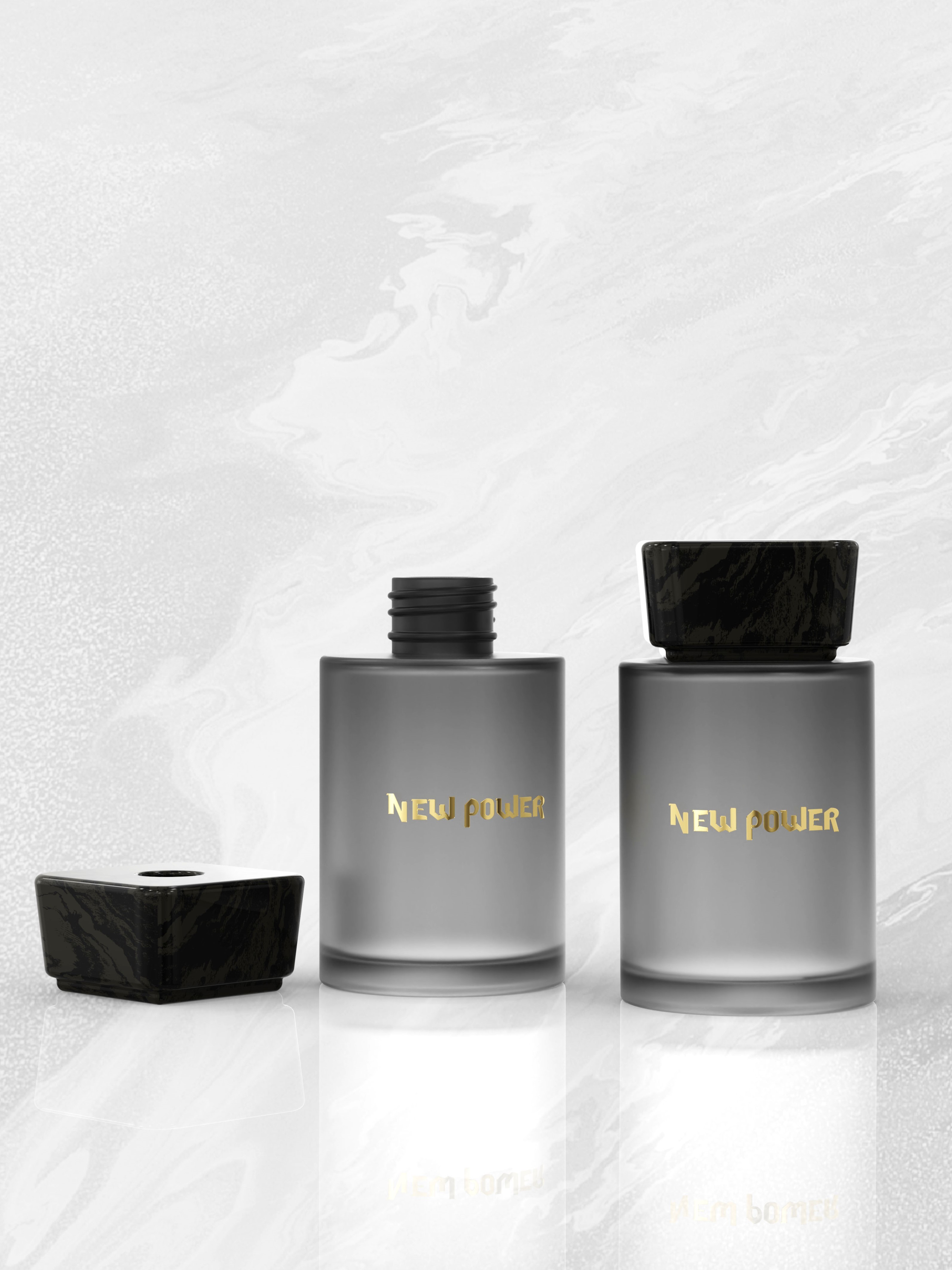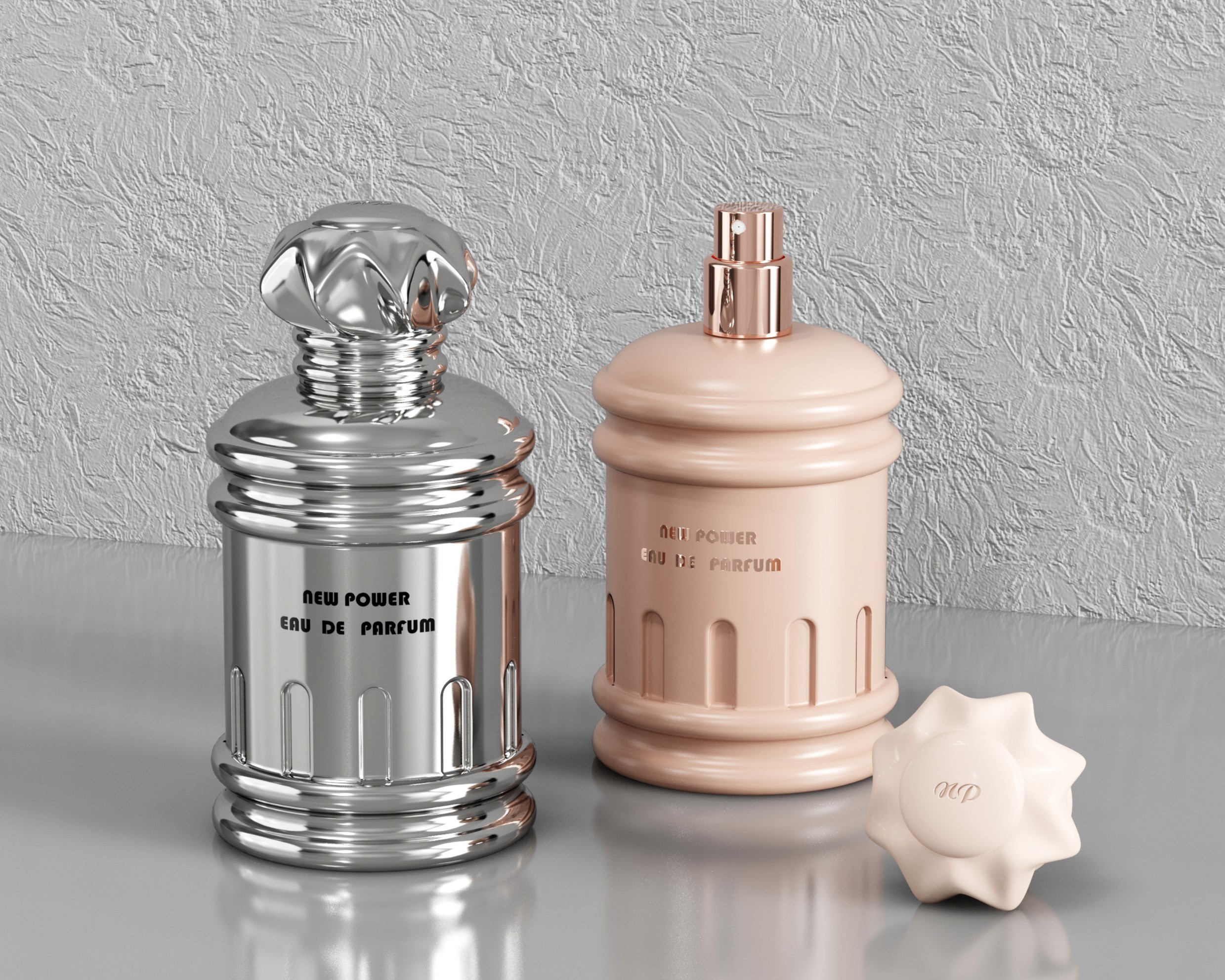Recent Developments in China's Perfume Industry
Time:
2025-07-08
Recent Developments in China's Perfume Industry
The Development and Challenges of the Domestic Perfume Market
The growth rate of Chinese perfume brands has outpaced the cultivation of consumer fragrance usage habits, resulting in a mismatch between supply and demand in the industry. The 3rd Scent Shanghai Exhibition brought together over 200 brands and enterprises from across the perfume and fragrance industry chain. While domestic perfume brands are gaining momentum, most remain ‘small but beautiful,’ facing limitations in scale. According to the joint report by Leqi, Ankecheng, and Kantar titled ‘2024 Perfume and Fragrance Category Trend Insights,’ from 2018 to 2025, the compound annual growth rate (CAGR) of China's perfume and fragrance market is projected to be 14.73%, significantly higher than the global growth rate of 3.01%. On the Tmall platform, over 90% of perfume purchases are under 500 yuan, with nearly half under 30 yuan and showing an upward trend. Consumers of mid-to-low-priced perfumes have an upward upgrade demand, while high-priced perfume consumers exhibit stable repurchase tendencies. To cater to the public's demand for ‘value for money,’ many brands have entered the market by imitating popular fragrance types. These “imitation” products lack depth and differentiation, which affects the overall image of domestic perfumes and leads to industry competition. Wu Yue, founder of Scent Shanghai, believes that the commercialisation capabilities of domestic brands are improving, but the industry has already entered a phase of competition, one manifestation of which is ‘imitation.’ The two-year-old high-end fragrance brand Sanqimen integrates intangible cultural heritage and traditional craftsmanship into its products. Its founder, Liu Chunsan, notes that most profits in the perfume industry currently come from imitation perfumes or affordable perfumes priced below 100 yuan. Compared to online price wars, offline channels have become a crucial battleground for domestic perfume brands to build brand value and enhance user experience. HARMAY Huamei has opened a perfumer's shop on Anfu Road in Shanghai, while malls like Shanghai Xingye Taikoo Hui and Jing'an Kerry Centre have gathered niche perfume brands. RE Perfume Studio has grown from a small shop in Tianzifang to a brand with nearly 100 stores, targeting the mid-range market, with 70% of its revenue coming from offline sales. However, domestic perfume brands are not the top choice for mall owners. Du Bin, Chairman of Hanbo Commercial Shanghai Co., Ltd., a commercial real estate consulting firm, stated that malls still prioritise luxury or premium perfume brands. While first- and second-tier cities are the primary focus for expansion, third- and fourth-tier cities also hold market potential. RE Perfume Studio is actively exploring expansion into third- and fourth-tier cities, launching a sub-brand to target the lower-tier market. However, the cost of opening offline stores is high for emerging domestic perfume brands. Sanqi Men plans to develop through channels such as private domains, overseas expansion, and pop-up stores. Online, the brand attracts consumers through visually appealing design, storytelling about products to enhance cultural appeal, and other methods. Sanqi Men posts text and images on Xiaohongshu, sharing the inspiration behind its products and cultural references, showcasing craftsmanship details, and plans to create a brand founder IP account.
Scale and market support factors of the Shanghai Fragrance Exhibition
The third Shanghai Fragrance Exhibition opened on 27 March. This exhibition is the first in China to focus on the perfume and fragrance sub-category, held twice a year. This edition covered nearly 4,000 square metres, with the number of participating brands doubling to over 300 exhibitors, ranking second globally in scale. The Chinese perfume market can support such a large-scale exhibition. On one hand, domestic brands are rapidly emerging, with domestic brands accounting for over 40% of this exhibition. On the other hand, international brands are increasingly favouring the Chinese market, with international brands accounting for 60% of the exhibition, half of which have yet to establish a presence in the Chinese market. The perfume market has been booming in recent years, with international luxury brands increasing their investment in the Chinese market, and high-end domestic perfume brands frequently receiving investments from international beauty groups. Beauty and skincare brands such as Proya, Hansu, and Maogeping have also entered the market. Ni Lishi, founder of the domestic high-end salon perfume brand melt season, stated that the domestic perfume market was once dominated by international brands, with domestic brands holding little influence, and perfume penetration rates far below those in Europe and the United States. However, the market has a compound annual growth rate exceeding 20%, indicating significant growth potential. In December 2023, melt season secured minority equity financing from the Estée Lauder Group. The top five global fragrance companies are increasing their investment in the Chinese market, establishing research and development centres, and inviting top perfumers to reside there. In 2024, IFF's Shanghai Innovation and Research Centre was established, and Givaudan's new perfume creative centre was unveiled in Shanghai. Wu Yue, founder of Scent Shanghai, stated that perfume and fragrance products cater to consumers' emotional consumption and self-indulgence needs.
Opportunities and innovation directions for domestic perfume brands
Chinese consumers have diverse and rapidly growing demands in the perfume category. Han Qiao, head of the ONE Product Department, pointed out that while overseas luxury brands once dominated the perfume category, Chinese consumers now have more refined demands, focusing on self-awareness and emotional relaxation, which has spawned different scenario-based needs. Ni Lishi explained that Chinese consumers use perfume for different purposes than those abroad, and their cognitive development is rapid, with advancing olfactory aesthetics and higher aspirations for artistry and self-expression. The continuously evolving niche demands present opportunities for domestic brands. Products that blend Eastern narratives and collaborate with local perfumers are gaining attention from emerging consumers. Melt Season positions itself as an Eastern salon fragrance. Ni Lishi believes that Eastern fragrances can express Chinese cultural philosophy through the use of local ingredients or unique creative styles, with the key lying in understanding and expressing ingredients based on Chinese olfactory and aesthetic needs. For example, Chinese people do not prefer sweet scents, as olfactory and gustatory preferences are closely related, making some foreign perfumes appear overly sweet to Chinese consumers. Additionally, ‘Eastern fragrances’ have new expressions within the category, with incense sticks gaining popularity. This year, numerous incense stick brands have registered to exhibit at the Shanghai Fragrance Fair, and the number of incense stick brands approached by Mei ONE has significantly increased over the past two years. Sales of incense sticks on Tmall have surged by 40 times over the past year. Incense sticks align with Chinese culture, and brands are actively innovating to appeal to younger audiences. As a consumable product, they create high-frequency consumption scenarios for raw materials. Beyond incense sticks, new categories such as car fragrances, scent sheets, and plaster scent hangers also present commercialisation opportunities for brands. After establishing brand recognition in the perfume category, consumers are calling for brands to expand into personal care categories based on their preferred fragrance types. Brands like Melt Season and Bu Ding Suo have related development plans in place.





